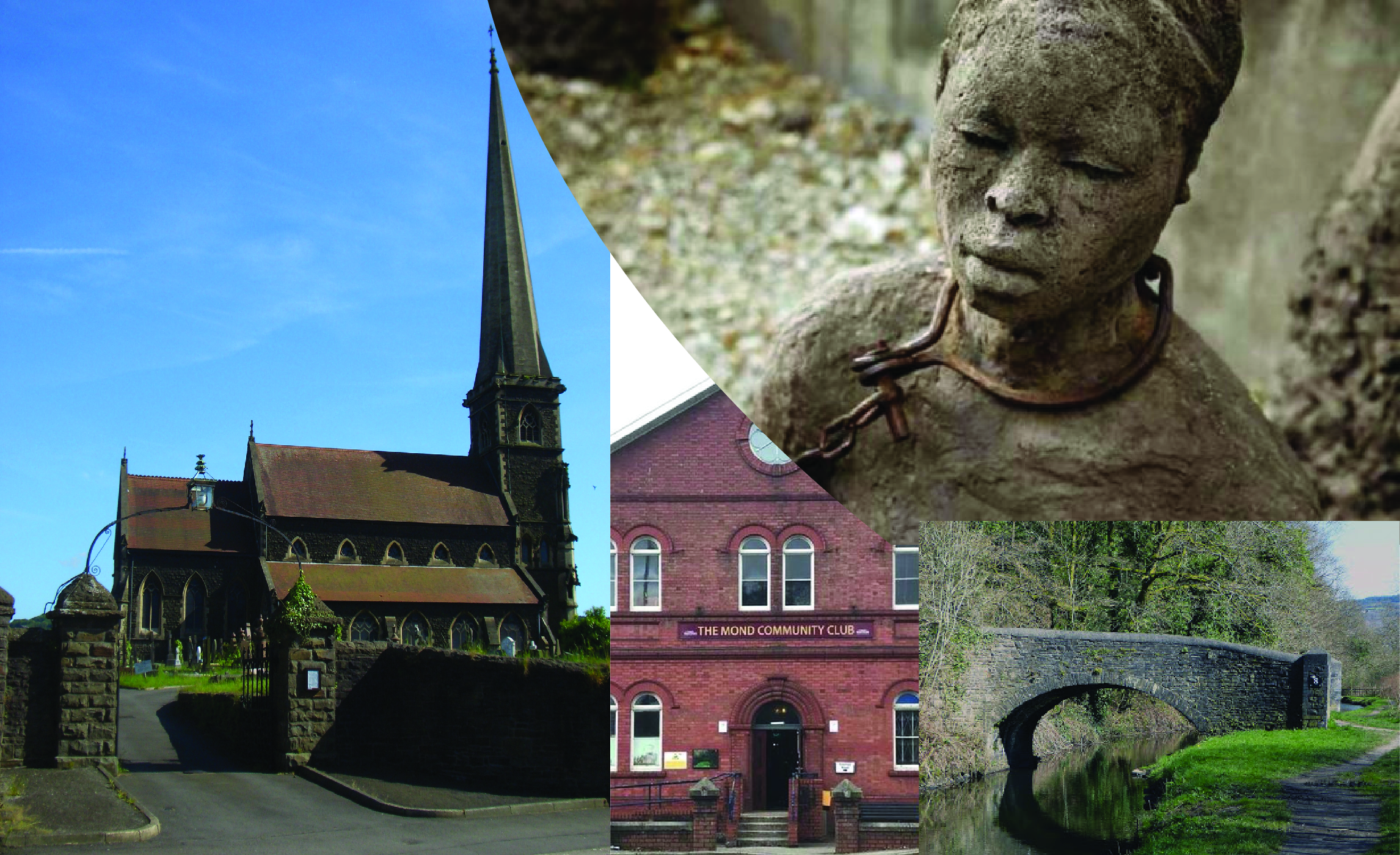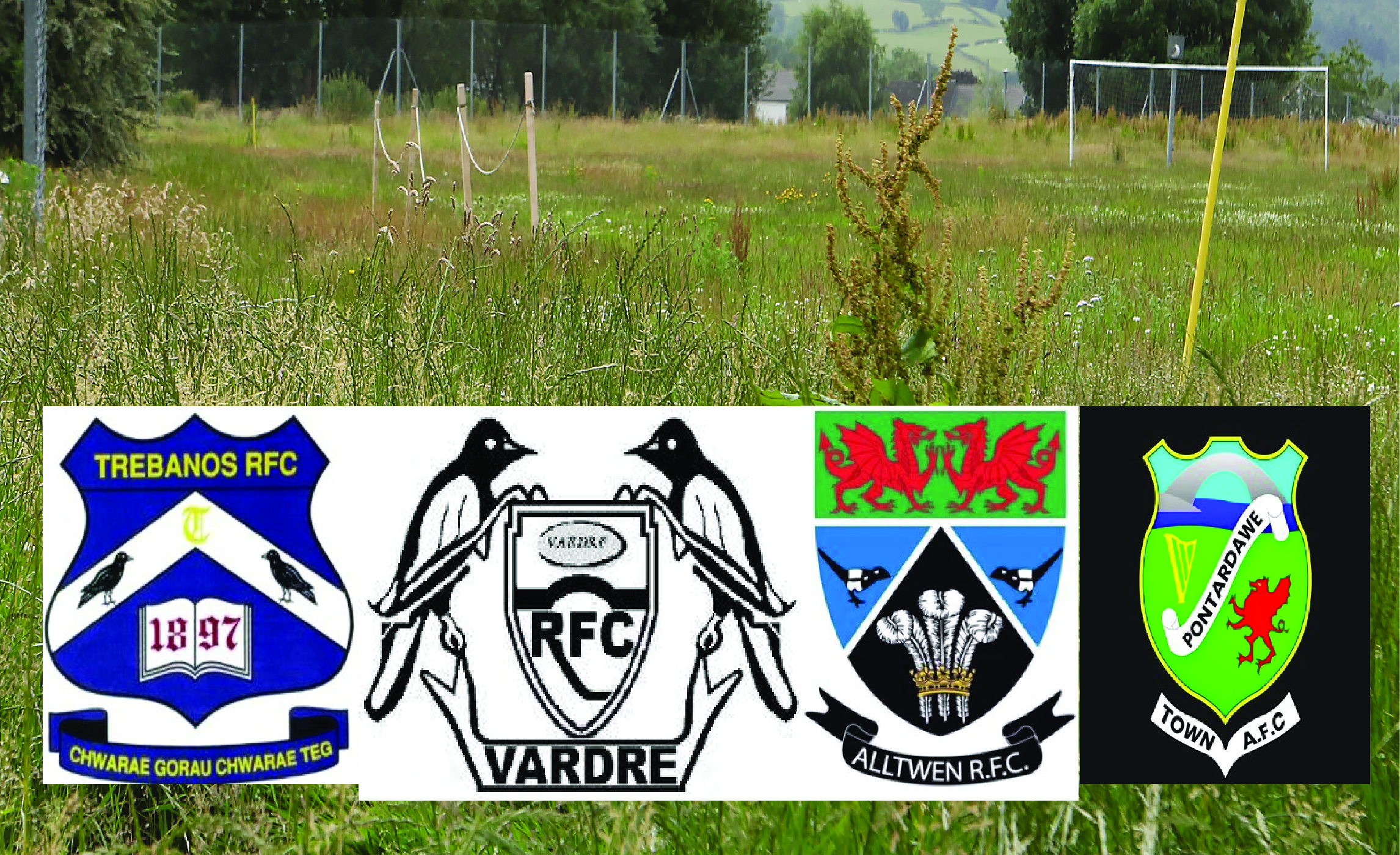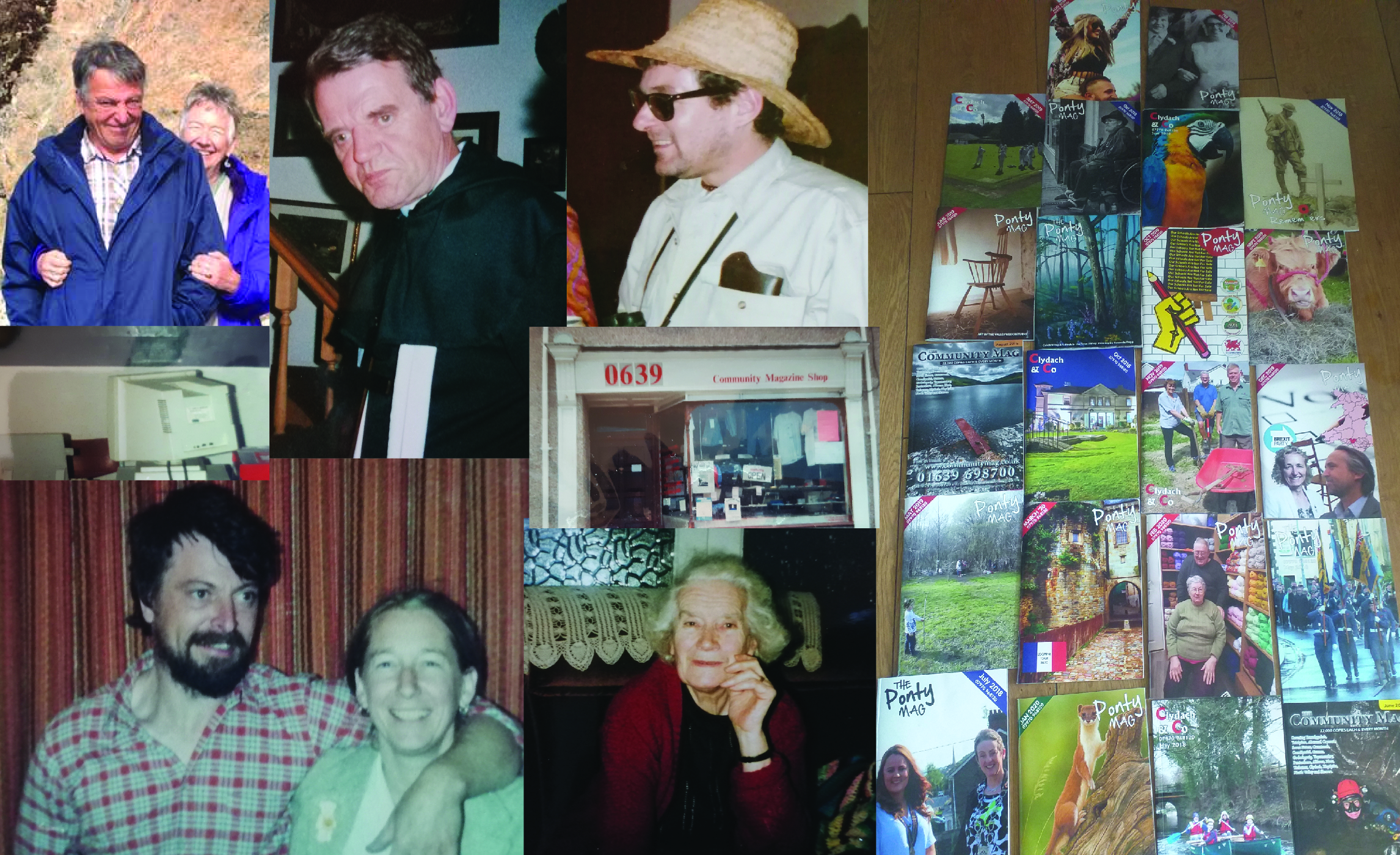PONTARDAWE & CLYDACH LINKS TO SLAVERY
The Black Lives Matters movement has shone a spotlight onto many aspects of everyday life but also our industrial heritage. While Bristol and Oxford have made headlines for their colonial past, I wonder what links we have here in Pontardawe and Clydach and the Swansea Valley.
Our industrial revolution in South Wales was off the backbone of hardworking Welsh miners and workers. Nothing can or should take that away. But indirectly, our beautiful communities, like so many around, benefitted financially from the shameful slave trade.
It is worth remembering that in the 17th century, the world had not mastered the art of currency, certainly not on a global scale. If a British merchant wished to trade with an Indian, Portuguese, or African counterpart then the swapping of goods was the transaction. Indian cotton for Yorkshire Coal for example or Irish Beef for Portuguese sugar or Welsh Copper for African slaves.
This was sadly too often true.
In 1717, Dr John Lane from Bristol founded a dedicated Copper smelting plant in Llangyfelach, Swansea. The copper was imported from Cornwall. Several tons of coal were burned in the smelting of each ton of copper ore and so logically it made sense to bring the copper to the coal rather than vice-versa.
Other Brisolians would follow into these parts, including the son of John Coster who had been backed by William Dockwra (regarded as the founder of British independent Slave Trade). They took over sites in the Melin, Neath and White Rock by the Liberty Stadium now.
Copperlopolis’ was born in Swansea
It transformed the entire region. Coal would be transported from further up the valley to smelt the copper via wagonways and tramways. Villages developed and became increasingly populated around the coalfields as demand for coal grew.
There is a saddening link between Bristol and its links to the slave trade and the rise in the industrial Swansea Valley. Thomas Coster (son of John Coster) part-owned the Amoretta, a purpose built 85-ton ship to carry African slaves from the Bight of Biafra.
The Bight of Biafra was a major route in the slave trade. It is estimated that 1.6 million slaves left Africa through here alone. Knowing what the slave owners wanted in currency was at the very heart of the trade. Coster, with other Bristolian businessmen would pay close attention and confidently added two more ships, the Squirrel and Mary to their slaving fleet.
The slave owners were increasingly demanding Copper.
By 1780, 3,000 tons of Welsh Copper was exported to Africa each year (nearly 20% of all global Copper produced). Three to four tons of coal was needed to smelt one ton of copper ore. So, each year, between 9,000 and 12,000 tons of coal was needed to smelt Welsh copper exported to Africa.
It is no coincidence that this was at the height of the British slave trade nor that Bristol slave traders founded Copper works in these parts. Coal dug out from these mountains was used to smelt Copper in the Lower Swansea Valley which would be shipped to Africa and exchanged for slaves.
One problem facing slave traders was molluscs which would attack the wooden ships in the warmer seas. The underneath would need fixing and this would leave traders stranded at port for weeks at a time. Copper sheeting was the solution to attach to the bottom of the ships. The Gnoll company in Neath was formed for this very reason.
It was not just Copper which was used as currency. Welsh wool was in high demand and often used in transactions. It was also becoming the ‘traditional’ slaving clothing. Although most of the Welsh clothing came from Mid-Wales.
Welsh Clothing
In 1767 a 9 year old slave in Virginia escaped. The search included the term ‘wearing a Welsh cotton jacket’ in the local newspaper. The cotton was, as you would expect, wool but the loose terminology of the wording ‘Welsh cotton’ shows the scale of export to the colonies. Most slaves would probably be totally unaware of Wales as a country but would all know Welsh clothing.
But it was our coal and copper which really transformed this region and it was the West Indies, not Africa which took the bulk of exported Copper. Here copper was not used to purchase slaves but for slaves to work. Huge copper vessels for distilling rum for example, using sugar planted and farmed by slaves.
Most of the copper smelted in the Swansea Valley has incredibly close links to the slave trade, but it also played a role in it ending.
Abolition
In 1807 the slave trade was abolished in the UK. A little over a decade earlier, Cornish businessman Pascoe Grenfell went into partnership with Owen Williams smelting copper in the Middle and Upper Bank in the Swansea valley. As the copper ran out underneath Cornwall in the 1820s, Grenfell searched for more.
International tariffs had made oversea imports unfeasible but were lifted which allowed Grenfell to look abroad. Cobra mine in Cuba was rich in copper and the destination chosen. The Royal Copper Mines of Cobra was set up as a business based in London, mining and exporting copper from Cuba into Swansea.
In 1838, 900 worked on the Cuban mines. Over half were African slaves.
This was brought to the attention of the UK government which was globally anti-slavery at the time; they were rightfully embarrassed. Even more so because Grenfell had been a sitting Member of Parliament that had supported the abolition of the slave trade.
Following this, the UK introduced a particularly important legislation. ‘More effectual Suppression of the Slave Trade’. From now on, it was illegal for any British national to have any involvement with the slave trade whether as part of the empire or on foreign soil.
The abolition of the slave trade cost the UK Government around £20 billion in today’s money in compensation claims. By modern expectations, we would assume that this fee was shared out by the 800,000 slaves within the British empire at the time. In fact, it was to compensate the slave owners for their loss. The slaves received nothing.
From these claims, we can see which British citizens owned overseas slaves and their home residence.
SLAVE OWNERS
In Ystradgynlais, Joseph Marryat put in 20 seperate claims for over 1,500 slaves which he owned. Being compensated tens of thousands of pounds in the process (over one million pound in today’s money).
Joseph Marryat and his wealth was instrumental in developing Ystradgynlais. He invested heavily into Ynyscedwyn Iron works (the arches which we still see today).
In Neath, there is further remains of the wealth which surrounded the slave trade. The Gnoll estate was Herbert Mackworths registered address as he put in his compensation claim for his slaves based in Trinidad. Herbert was an MP for over twenty years.
These are simply the claimants with local registered addresses. Many of the ‘money people’ of these times lived outside of these parts. It is too easy to look at the slave trade as something which happened thousands of miles away. It impacted every part of this valley and the globe in some way or other.
Between 1794 and 1798 The Swansea Valley canal was built to bring raw materials from the valley into Swansea.
Waun-Y-Coed Colliery opened in 1828 near Pontardawe. In 1843 William Parsons opened the tin works factory and 5 years later the railway line opened. In 1902 the Mond works opened in Clydach.
It is naive to believe that none of the capital required for these projects came directly or indirectly from the trading of African men, women and children. Nor that the infrastructure, workforce and our entire community didn’t evolve with a link to it.
The next chapter saw a more dramatic change to Pontardawe, Clydach and the entire valley. Far greater mining and a substantial increase in our population. It is difficult to imagine that any of this would have occurred as it did without the slave trade.




Comments are closed.